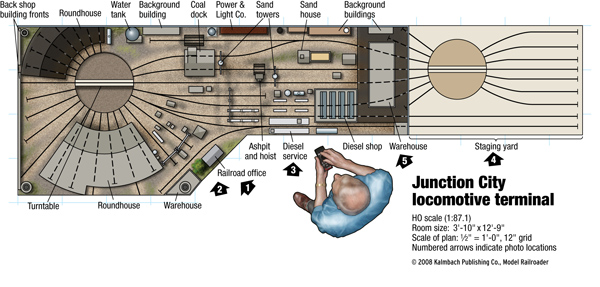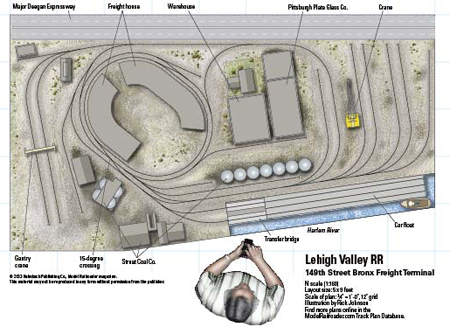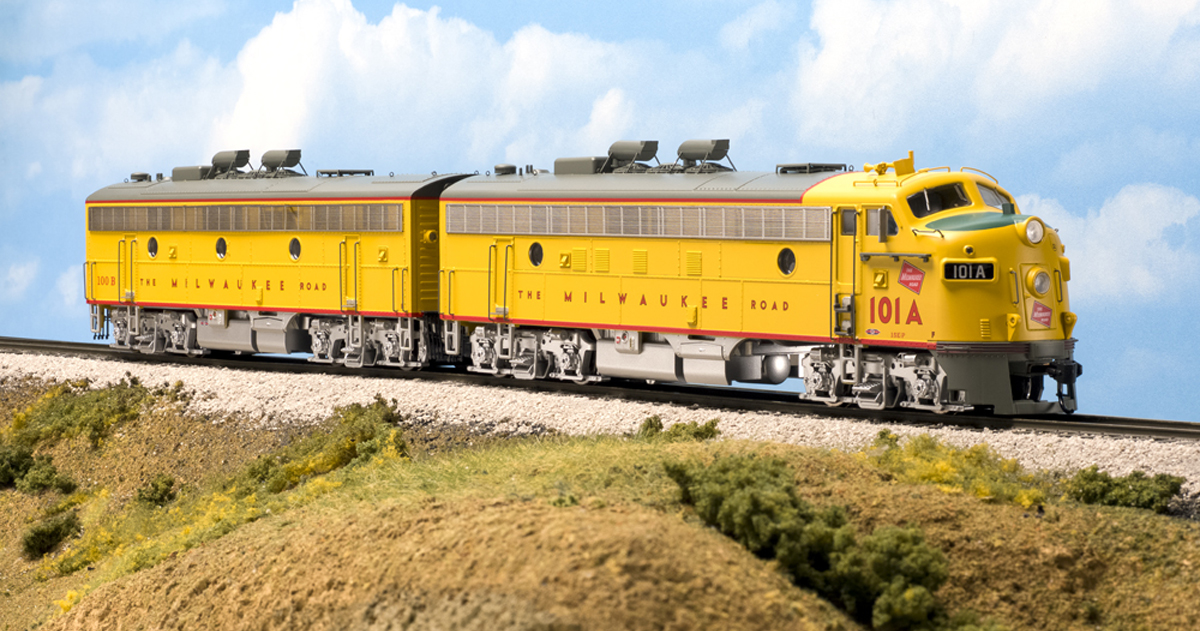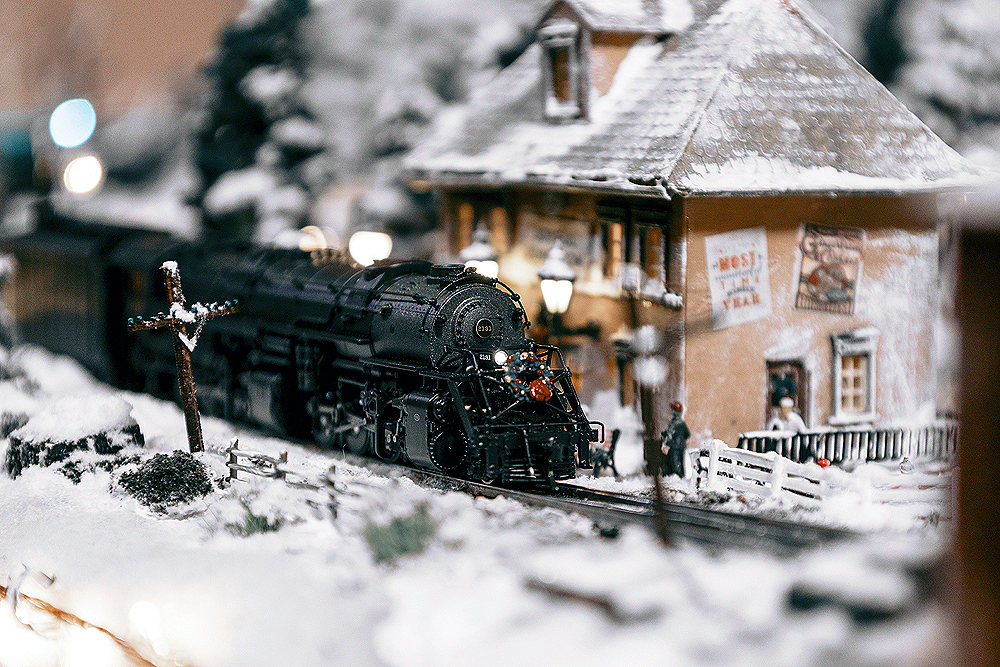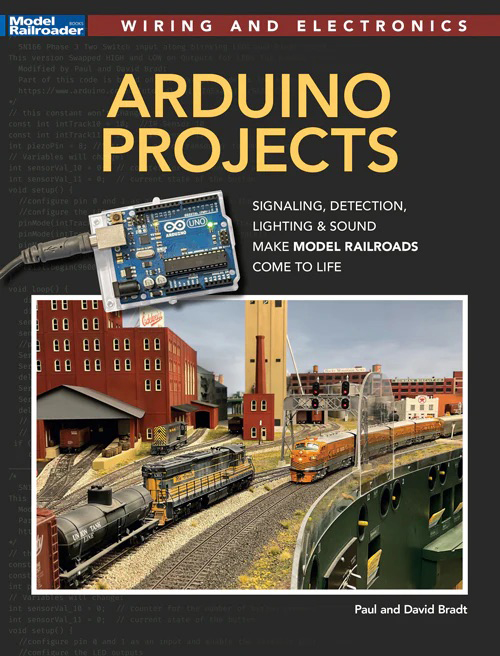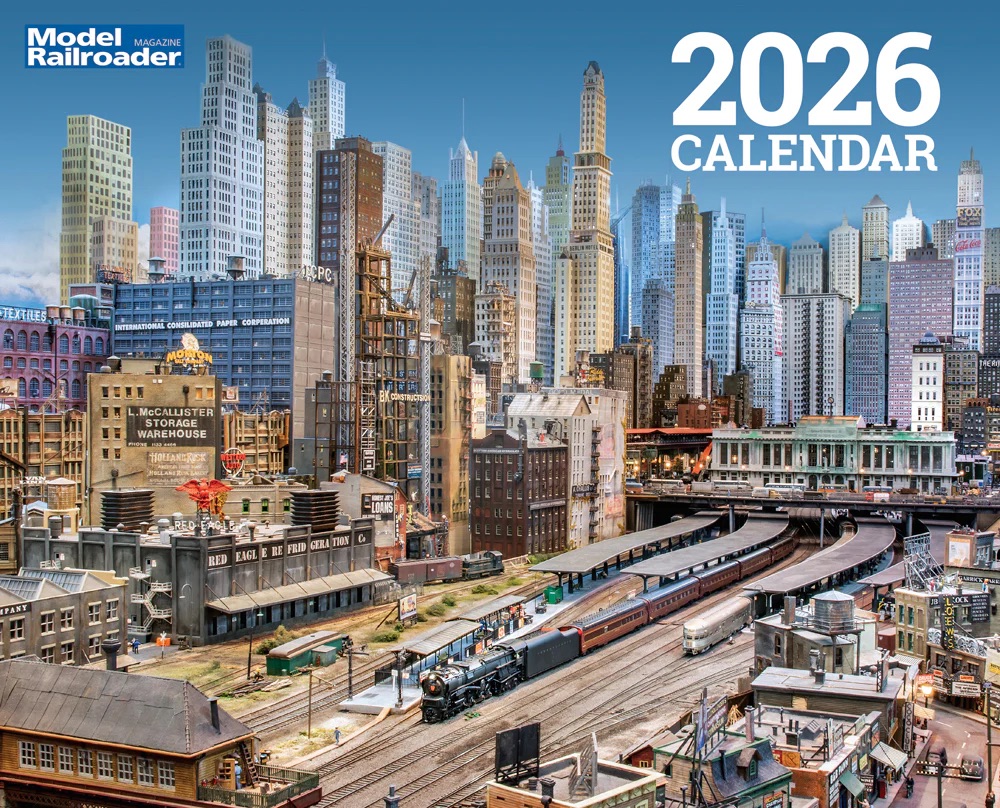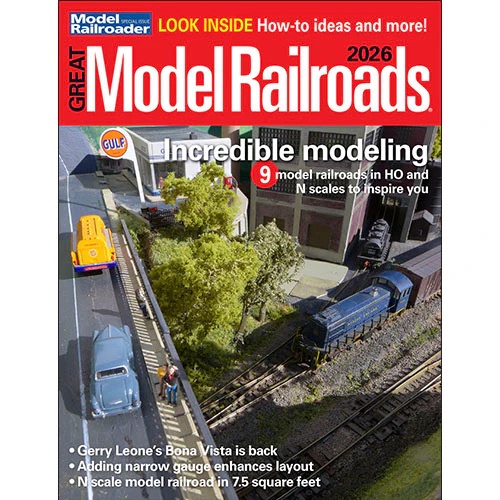Let’s be frank, not all of us have the luxury of immense space for a massive model railroad empire. But that doesn’t mean you can’t enjoy the hobby, even in the most cramped room. By turning the pages of past issues and books by the Model Railroader staff, here are five recommendations for compact track plans to both consider and challenge your modeling skills.
CSX Ridgecrest
Switching layouts can be a good choice for extremely limited spaces. Paul Newston’s 2 x 6 feet CSX Ridgecrest fits the bill as the HO scale main lines, street running, and stub tracks “blend into the scene around the rail customers.” The street running even passes by a row of city stores as part of a small town. What makes this layout a standout is its flexibility as a module-type. According to Newton, CSX Ridgecrest can operate independently with DC or DCC; it can be added to an existing, compatible club layout; or it can be expanded with additional module and benchwork. So, regardless of how far you hope to go with your ultra-compact track plans, this setup will have plenty of options.
Learn more about the CSX Ridgecrest in the Build a Small Model Railroad book.
Junction City locomotive terminal
Many of us dreamed of a roundhouse as the centerpiece for our model railroad. For the 3′-10″ x 12′-9″ Junction City locomotive terminal in HO scale, the dream is possible in a small space. The compromise will be a roundhouse, backshop, and other structures making up an engine terminal serving as the model railroad. Think of it as a switching layout, but instead of rolling stock, you’ll be staging locomotives. John Bruno has his incarnation operating under DC power with isolated blocks, but the track plan is also compatible with DCC for those looking to get the most out of sound-equipped locomotives..
Learn more about the Junction City locomotive terminal in Model Railroader’s May 2008 issue.
Lehigh Valley RR Bronx Terminal
Modeling the small and delicate world of N scale can get you the most available space that you might not find on a larger scale. The industrial landscape of the 5 x 9 feet Lehigh Valley RR Bronx Terminal is one N scale layout that’ll offer continuous running and point-to-point switching. The best part about this track plan, with its multiple loops and stub tracks, is that it follows the prototype that once served the New York harbors, according to modeler Wayne N. Carlsen. You’ll even enhance your modeling skills in crafting a waterfront scenery with a transfer bridge and carfloat.
Learn more about the Lehigh Valley RR Bronx Terminal in Model Railroader’s March 2013 issue.
Meramec Valley RR
If you don’t think you can create a mainline railroad on a single shelf, think again with the 2′-4″ x 7′-10″ Meramec Valley. This HO-scale track plan is a dogbone configuration with 12″-radius curves, so you will be limited on the types of equipment you plan to operate. Half of the main line is hidden within the tunnels and rock faces in the back, thus disguising the sharp curves and creating the illusion of a bigger layout. A bonus is that the original shelf design can be reconfigured into a free-standing island if desired.
Learn more about the Meramec Valley RR in Model Railroader’s April 2008 issue.
Michigan-California Lumber Co.
You don’t need an expansive mountain range to model narrow gauge railroading, and this 4 x 7 feet HOn3 layout by Dave Jacobs proves just that. Logging is the primary commodity for the Michigan-California Lumber Co., so a logging camp takes up a majority of the layout and requires a variety of structures, trackwork, scenery, figures, and activities. Detailing is a focal point on the Mich-Cal, which can create some beautiful scenes that’ll make the layout appear larger than 4 x 7 feet.
Learn more about the Michigan-California Lumber Co. in the Build a Small Model Railroad book.






